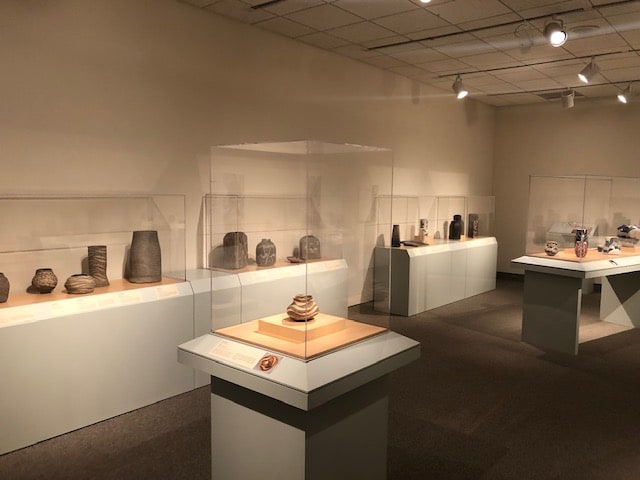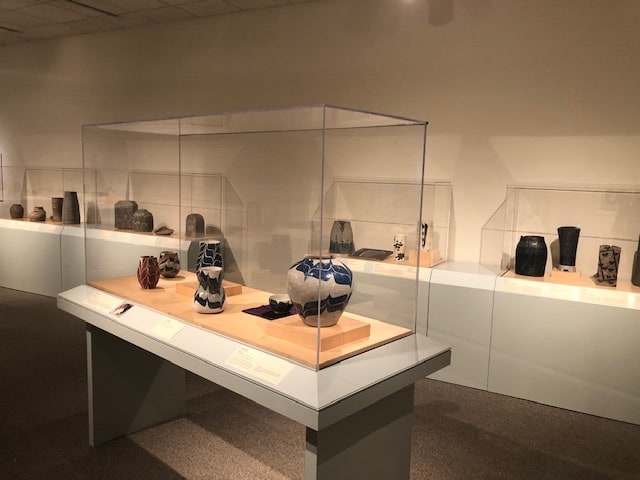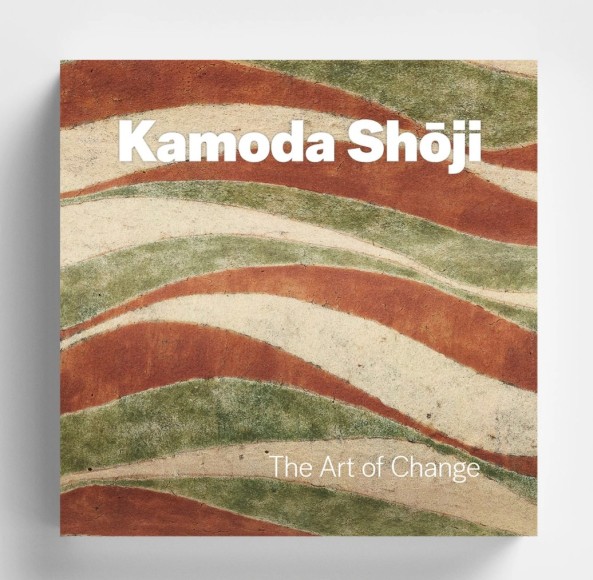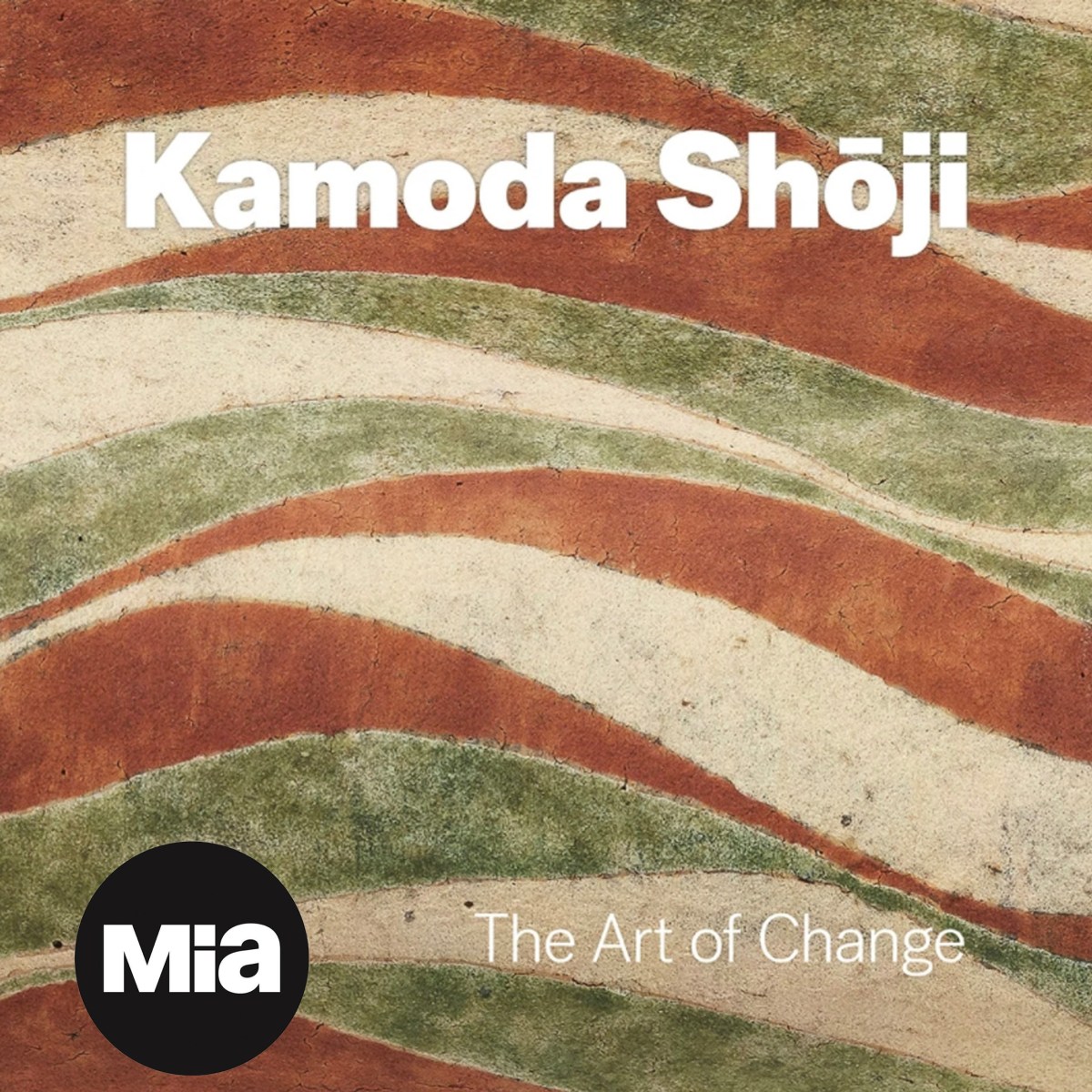The Art of Change: Kamoda Shōji
Minneapolis Institute of Art
Kamoda Shōji, born in 1933, became one of Japan’s most celebrated potters. His groundbreaking approach to surface decoration and its sympathetic relationship to the form of his vessels helped revolutionize the way Japanese artists approached ceramic production. Inquisitive, thoughtful, and tireless, Kamoda was driven to innovate and experiment. In an interview conducted in 1980 he said, “When I change a method, it's because I want to feel something new and fresh. In other words, I don't like complacency.” By the time a particular body of work would receive critical acclaim, he would have already moved on, creating radically different works in rapid succession. This astonishing creativity garnered him a considerable following in Japan, with enthusiasts lining up to purchase his works as soon as they went on display. Despite his untimely death in 1983 at the age of 49, this admiration continues with well-attended public exhibitions and passionate collectors of his work even today. In recent decades, American collectors, too, have taken note of the beauty of his work and his monolithic importance to the field of Japanese ceramics.
This fully illustrated catalog accompanies the exhibition Kamoda Shōji: The Art of Change, on view at the Minneapolis Institute of Art from December 11, 2021 until April 17, 2022—the first exhibition of his work outside of Japan. Aaron Rio, Associate Curator at the Metropolitan Museum of Art, provides a vivid account of Kamoda’s meteoric rise to fame and tireless quest to invent new surface treatments for his functional vessels. Yokobori Satoshi, curator at the Mashiko Museum of Ceramic Art, contributes an essay that reveals Kamoda’s knowledge of historic Japanese ceramic techniques, and posits the notion that Japanese ceramists at least since the 17th century have used clay for aesthetic innovation regardless of whether the final result was to be purely sculptural or functional in nature. The catalog highlights forty-nine works by Kamoda in American collections and also provides a timeline of his life and artistic development, a chronicle of solo and group exhibitions, and an extensive bibliography of publications in both English and Japanese.
This exhibition catalog is available on the Minneapolis Institute of Art's website. Please contact us with any questions at director@mirviss.com























